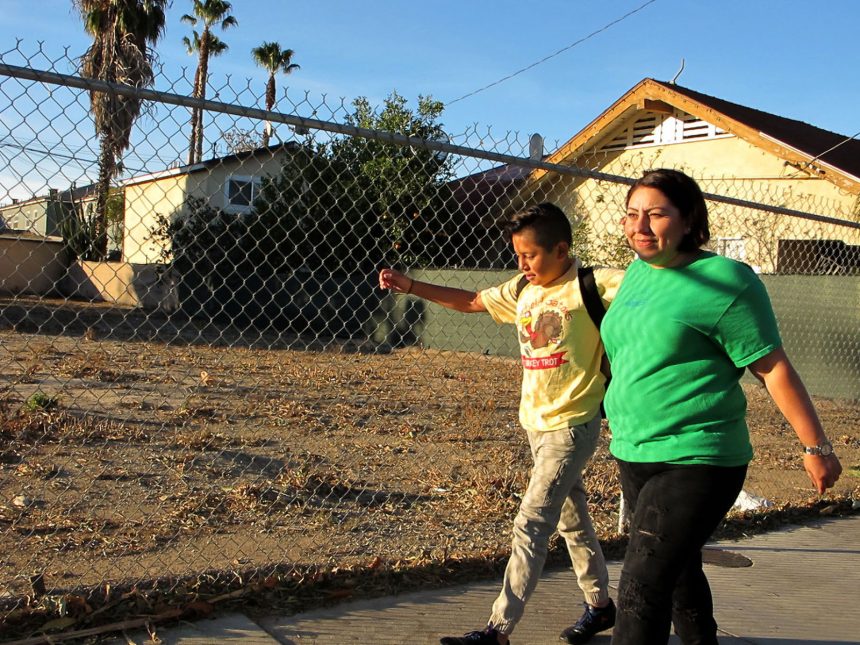Lead poisoning may be considered a thing of the past, but its effects still linger today, especially in the soil of urban areas in the United States.
Research shows that one in every two young American children tested had detectable levels of lead in their blood, with soil exposure being a major contributor.
Despite efforts to phase out lead, residual contamination from past sources like paint, exhaust pipes, and industrial activities still poses a threat to communities.
While the dangers of lead in paint and water are well-known, soil testing to prevent exposure is often overlooked. To address this gap, the Center for Public Integrity and Grist have developed a toolkit to empower journalists and community members to conduct their own soil testing and analysis.

To further support this initiative, Public Integrity and Grist will conduct training workshops based on the toolkit, aiming to equip journalists and interested individuals with essential skills and knowledge about lead contamination in soil.
It is crucial to identify and address environmental sources of lead contamination to prevent health issues, especially in children, as exposure to lead can have irreversible effects on their development and future well-being.
Our toolkit provides guidance for anyone interested in understanding and tackling soil lead contamination, offering information on testing methods, data analysis tools, and lead intervention strategies.






